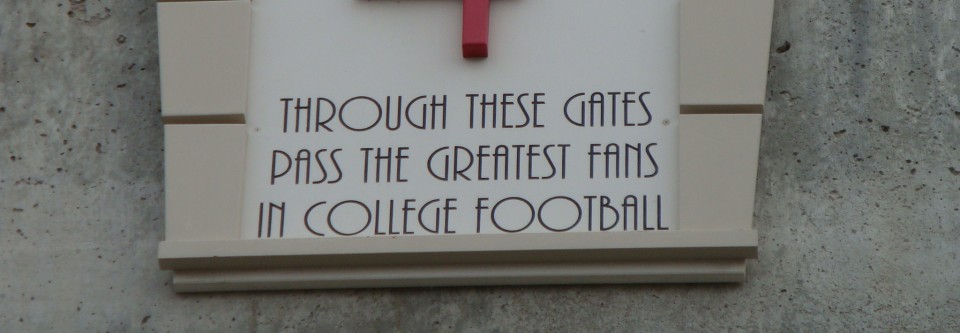In Part 1, we nibbled around the corners of the Scott Frost offense. Now it’s time to take a deep dive into it, examining not only the Oregon parts that will always be present, but also the additional wrinkles he’s thrown in since leaving Eugene. This is a lot of film, and I can’t embed it all into one post without locking up your mobile devices.
Accordingly, I’ve linked a lot of what I’m going to discuss, so when you see a hyperlink, it’ll open up a new tab showing you the concept I’m discussing. In other words, this is probably a post you want to view on a computer rather than a mobile device. If not, it’s going to take a while to load and you’re forever going to be opening and closing new tabs. You’ve be warned, so let’s get to it. Continue reading “Talking Scott Frost . . . Part II”







